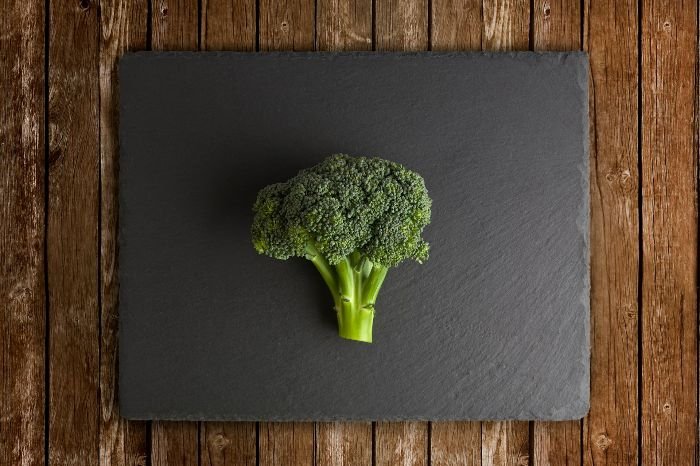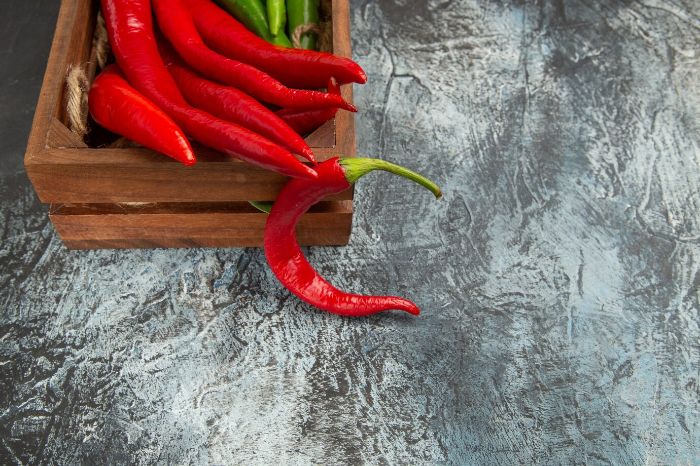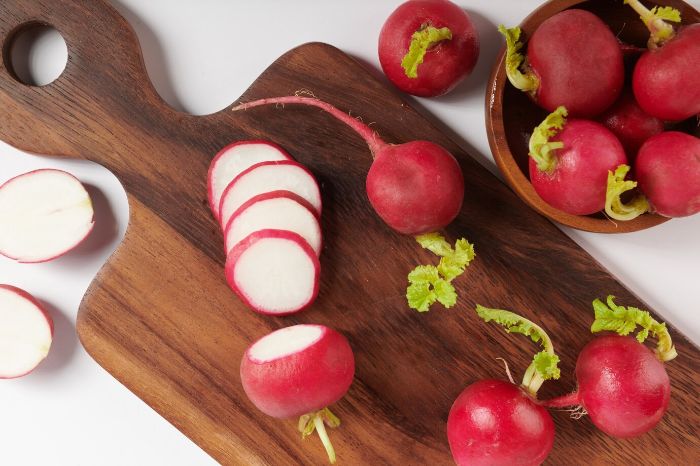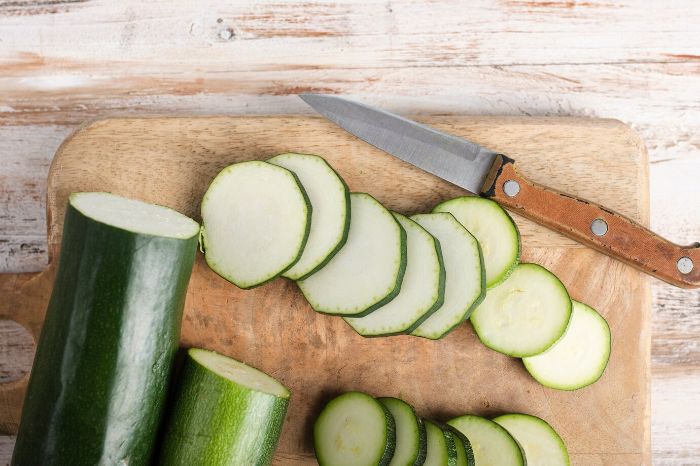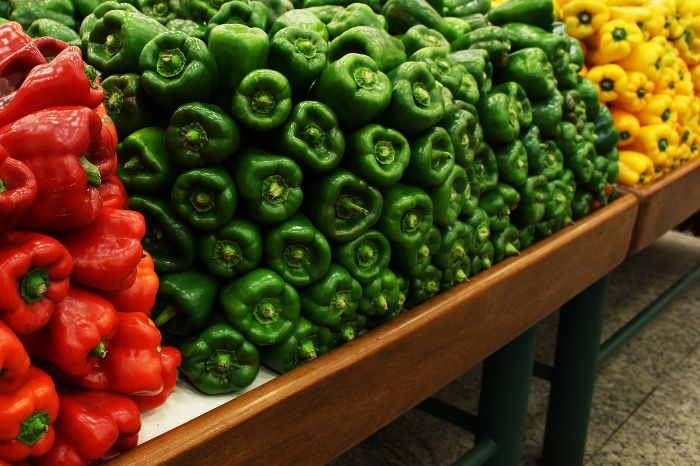Broccoli is a top choice for many because it’s healthy and tasty. But did you know it grows through stages? Knowing these steps is key to growing great broccoli in your yard. Each step, from start to finish, needs special care. This guide will cover all the stages. It will also offer tips and tricks for you to grow your own yummy broccoli.
Key Takeaways:
- Broccoli goes through several stages of growth, from germination to harvesting.
- Each stage of broccoli growth requires specific care and attention.
- Understanding the optimal conditions and best practices for each stage is essential for successful cultivation.
- By implementing the techniques and insights provided in this guide, you can cultivate healthy and delicious broccoli plants in your garden.
- Stay tuned for the next section, which will focus on the germination stage of broccoli growth.
Table of Contents
Germination Stage – Starting from Seeds
Growing broccoli starts with seeds in the germination stage. The first step is key to healthy plant growth. We’ll look at the best conditions for seeds, how to plant them, and early care.
Optimal Conditions for Broccoli Seed Germination
The right conditions help broccoli seeds turn into plants. Broccoli seed germinates well in temperatures of 70-80°F. This warmth helps sprouting. It also needs steady moisture. The soil should be neither too dry nor too wet to prevent problems.
Seed Sowing Techniques and Early Care
Some tips make germination easier. First, soak the seeds in water overnight. This softens them, making it easier to get moisture and nutrients. Keep seeds 3-4 inches apart for good growth space.
It’s vital to watch how much you water the seeds at first. Too much water can harm them. Also, make sure they get plenty of light. A sunny spot or grow lights will make strong plants.
Follow these methods for planting and early care. It will lead to strong broccoli plants. This is just the beginning of growing delicious broccoli.
Seedling Stage – Establishing Young Plants
Broccoli plants start growing in the seedling stage. They develop strong roots and sturdy stems then. This time is key for them to grow healthy and strong. You need to take good care of them to help them flourish.
Temperature Requirements for Healthy Seedlings
Broccoli seedlings like cooler temps, between 50-70°F (10-21°C). Keeping the temperature steady is important for their growth. Big changes in temperature can slow or stop their growth.
Place them in a greenhouse or a cold frame if it’s still cold. This will protect them from the elements. It also helps maintain the right temperature for them to grow well.
Transplanting and Initial Spacing Considerations
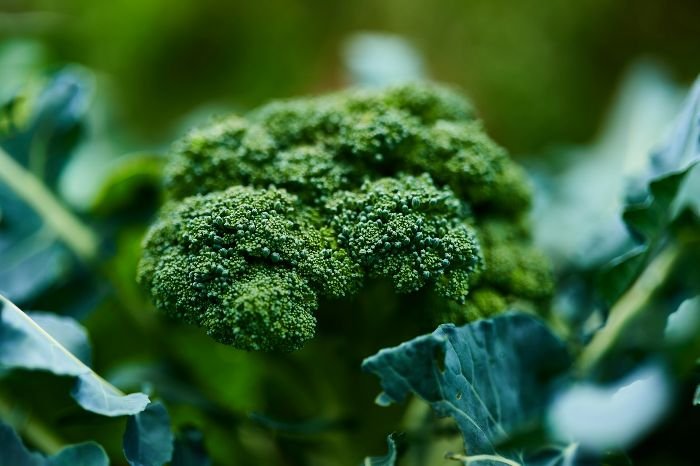
Transplanting your broccoli seedlings is a big step. Wait until they have true leaves and are 4-6 weeks old. Make sure they are used to the outdoors by slowly getting them more sunlight over a week or two.
Choose a sunny spot with good drainage for your broccoli. They need at least 6 hours of sunlight daily. Prepare the soil by adding organic material. This gives them the nutrients they need.
Give each broccoli plant 18-24 inches (45-60 cm) of space. This helps with air flow and keeps diseases and pests away. Plant them at the same depth as their nursery containers. Water them regularly and keep an eye on their growth. Make sure the soil is moist but not too wet. Once your broccoli beds are ready for crop rotation, explore the cucumber growth phases for insights into cultivating another rewarding vegetable.
With the right care, your broccoli seedlings will soon be ready for the next step, the vegetative stage.
Vegetative Stage – Growth and Development
Critical Care Tips for Vegetative Phase
Broccoli plants grow quickly in their vegetative stage. To help them grow strong, they need good care. Here are some important tips for this stage:
- Fertilization is key. Broccoli plants need food to grow. Use a fertilizer with lots of nitrogen. Make sure not to use too much.
- Watch out for pests. Use natural methods like neem oil. You can also use helpful bugs like ladybugs.
- Keep the area around the plants weed-free. Weeds steal the plants’ food and water. Be gentle when removing weeds.
- Prune the plants. Take off any bad or yellow leaves. This keeps the plants healthy. It also helps them produce more.
Follow these tips for healthy broccoli during the vegetative stage. This will help you get a good harvest later on.
Temperature and Watering Best Practices
Getting the right temperature and water are very important for broccoli. Here’s how to make sure they do well:
- Broccoli likes cooler weather. Try to keep it between 60°F and 70°F. Use shade or covers to protect them from too much heat or cold.
- Give your plants enough water. The soil should be always a little wet. But, don’t water too much. This helps their roots grow deep.
In hot, dry weather, water more. Always check if the soil is moist. Don’t let the plants dry up.
Reproductive Stage – Flowering and Heading
The reproductive stage is a big deal for broccoli plants. This is when they move from just growing to making flowers and heads. Keeping the right temperature and protecting the heads are key.
Transitioning to Flowering – Temperature Control
Temperatures are very important for broccoli flowers. The right heat helps flower buds grow well. Broccoli needs steady temperature control to flower healthily.
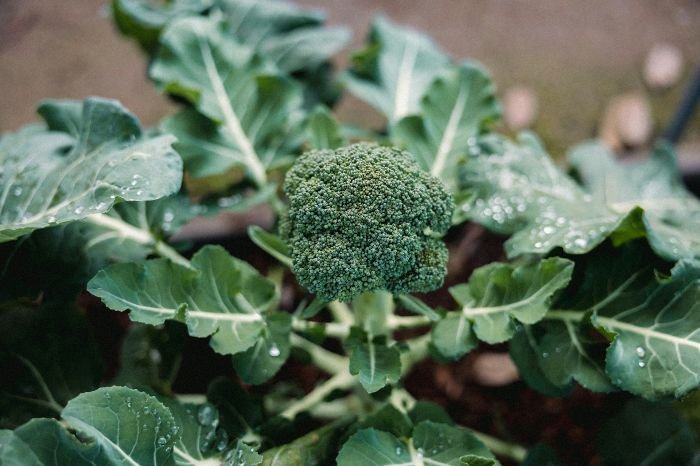
Broccoli likes it best between 60°F to 75°F (15°C to 24°C) when it’s flowering. The right temperature stops early or late flowers. Up and down temps can make flowers not form right, cutting down on how much broccoli you get. So, keeping the temp stable is a must for good flowers and heads. For another cool-weather crop with similar timing needs, explore the lifecycle of spinach to see how to optimize conditions for this leafy green.
Protecting the Developing Heads from Temperature Extremes
Broccoli heads are really sensitive to too much cold or heat. Too hot and they get too small or not good to eat. Too cold, and they might turn colors or get hurt.
To help, cover the plants during summer to keep them cooler. Shade cloth or nearby big plants can do the trick. This stops the sun from burning the heads.
For cold times, cover plants with row covers or plastic tunnels. These keep warmth in and frost out. This care is crucial for strong, healthy broccoli heads.
Harvesting – Timing and Techniques
After many months, it’s time to harvest your broccoli. Picking it at the right time means the best taste and nutrition. Beyond its great flavor, learning about the broccoli health benefits can inspire gardeners to grow this superfood and enjoy its incredible nutritional value. Let’s look at when and how to pick the heads.
Identifying Maturity and Ready-to-Harvest Signs
It’s crucial to know when your broccoli is ready to pick. You can tell it’s ready by looking at certain signs:
- Head size – A mature broccoli head is 4-7 inches wide. Sizing them up is a good start.
- Head color – Look for a deep, dense green color. Avoid heads that are turning yellow or brown.
- Tightly closed florets – When you press the head, the florets should be tight. Loose florets mean it’s too late.
By looking for these signs, you’ll pick your broccoli at its peak.
Best Practices for Harvesting Broccoli Heads
Harvesting your broccoli right is key for more growth and good taste. Here’s what to do:
- Use a sharp knife – Cut the head just below with a sharp knife or shears. This keeps the plant healthy and ward off bugs or diseases.
- Harvest in the morning – Pick the broccoli when it’s cool and fresh, early in the day. This keeps it tastier and fresher.
- Harvest sequentially – If you have lots of plants, pick the heads as they’re ready. This way, you’ll get more broccoli from each plant.
By sticking to these steps, you’ll have a good harvest and more broccoli all season long.
Conclusion
Learning the stages of broccoli growth helps you grow it well. From start to finish, each step needs care for the best results. If you’re looking to expand your vegetable garden, check out the arugula growth stages for a similar step-by-step guide to cultivating this quick-growing leafy green.
Start strong by germinating seeds right. This means the perfect warmth and dampness. Plus, soak and space the seeds well to grow healthy seedlings.
Seedlings need special care to grow. Keep them warm and transplant them right. And don’t forget to feed them and keep pests away. This helps them grow big and strong. If you’re exploring other vegetables to cultivate, our guide to growth and care for peppers provides detailed insights into pepper plant milestones from germination to harvest.
Then, it’s time for the plants to flower and make heads. The right heat is key here. Protect the heads from the cold for good taste. Wait for the heads to get big and the right color before picking them. This makes sure you get a lot of broccoli.
Use this guide and you’ll grow great broccoli. Remember to take care of your plants all through the process. Then, enjoy the good broccoli you’ve grown.
FAQ
What are the stages of broccoli growth?
Broccoli grows through several stages. It starts with germination, then goes into seedling and vegetative stages. Next, it enters the reproductive stage where it develops flower buds. Finally, broccoli is harvested for eating.
What are the optimal conditions for broccoli seed germination?
For broccoli seeds to sprout well, they need a warm place. Keep the place between 60 and 80°F. And make sure the soil is always moist.
What are some seed sowing techniques for broccoli?
Before planting, soak broccoli seeds overnight. Then, plant them in soil lightly, just ¼ to ½ inch deep. Make sure the soil drains well. Space the seeds 2-4 inches apart in rows.
How should I care for broccoli seedlings?
Keep broccoli seedlings in a spot that’s 60-70°F. Once they have a few true leaves, they can go outside. Plant them 18-24 inches away from each other.
What are the critical care tips for the vegetative stage of broccoli growth?
In the vegetative stage, broccoli needs regular food and a check on bugs. Make sure the space is between 60-70°F. Water them enough.
How can I protect broccoli flower buds during the reproductive stage?
Protecting the flower buds is key. Keep the area no warmer than 85°F. Hotter temperatures can ruin the heads.
When is the best time to harvest broccoli heads?
Harvest broccoli heads when they’re 4-8 inches wide. Look for dark green, tightly packed buds. This is about 60-90 days after planting.






